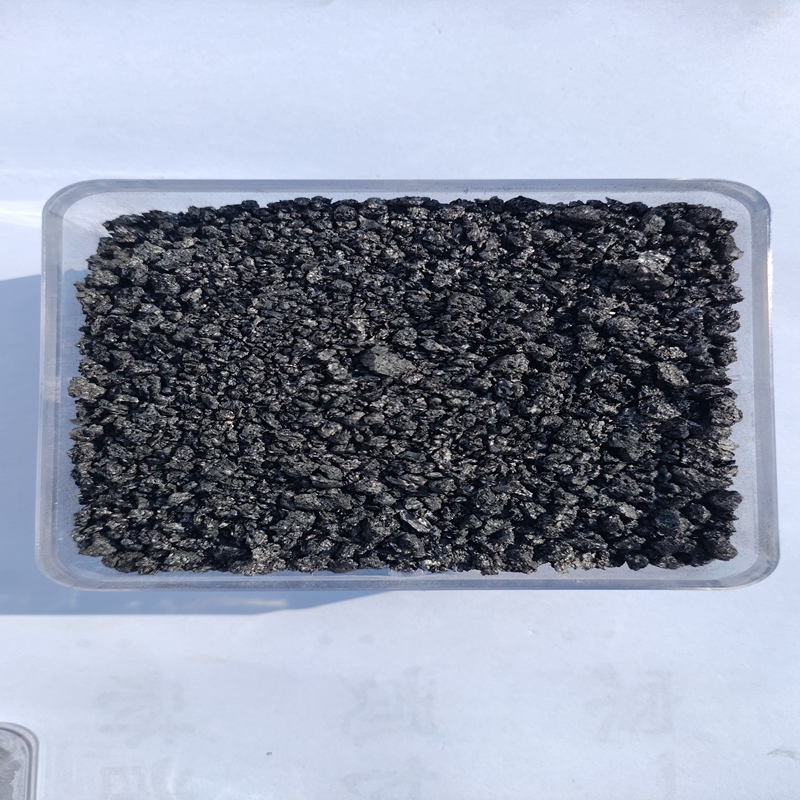Oct . 11, 2024 20:49 Back to list
Suppliers of Thermal Insulation Materials for Wall Construction and Energy Efficiency
The Importance of Thermal Insulation Materials for Walls
Thermal insulation plays a crucial role in enhancing energy efficiency in buildings. With the rising concerns about energy consumption and environmental sustainability, selecting the right thermal insulation materials for walls has become paramount. In this article, we will explore the various types of insulation materials available, their benefits, and what to consider when choosing a supplier.
Types of Thermal Insulation Materials
There is a wide range of thermal insulation materials used in wall construction, each with its specific properties and advantages
1. Fiberglass Insulation One of the most common types, fiberglass insulation consists of fine glass fibers and is frequently used in residential and commercial settings. It is effective in resisting heat flow and is relatively inexpensive. Available in batts, rolls, and loose-fill, its versatility makes it a popular choice.
2. Foam Board Insulation Rigid foam board offers high insulating value with a thin profile. It is often used in walls, foundations, and roofs and provides excellent resistance to moisture. Additionally, foam boards can help reduce the risk of thermal bridging, where heat escapes through structural elements.
3. Spray Foam Insulation This expanding foam insulation is applied directly to surfaces, creating an airtight seal. It not only provides superior thermal performance but also acts as a barrier against air and moisture infiltration. Spray foam can conform to irregular shapes and fills gaps effectively, making it ideal for hard-to-insulate areas.
4. Mineral Wool (Rock Wool) Insulation Known for its fire-resistant properties, mineral wool is made from natural or recycled materials. It offers excellent sound-dampening qualities in addition to thermal insulation. Mineral wool is also hydrophobic, which helps prevent moisture buildup in walls.
5. Cellulose Insulation Made from recycled paper products treated with fire retardants, cellulose is an eco-friendly option. It is installed using a blowing machine and effectively reduces air leaks, resulting in improved energy efficiency. Cellulose insulation is often used in retrofitting projects due to its ability to fill voids and irregular spaces.
Benefits of Quality Insulation Materials
Investing in high-quality thermal insulation materials for walls provides numerous benefits
thermal insulation materials for walls supplier

- Energy Efficiency Proper insulation minimizes heat loss in winter and heat gain in summer, leading to reduced heating and cooling costs. This not only saves money but also decreases the carbon footprint of a building.
- Comfort Effective insulation contributes to a more comfortable living environment by maintaining consistent indoor temperatures, avoiding drafts, and reducing noise pollution.
- Building Longevity Quality insulation helps protect against moisture-related issues such as mold and rot, thereby increasing the overall lifespan of a building's structural elements.
Choosing a Reliable Supplier
When searching for thermal insulation materials, opting for a reputable supplier is essential. Here are some factors to consider
1. Product Variety A good supplier should offer a range of insulation options, allowing you to select materials that best suit your specific needs.
2. Quality Assurance Look for suppliers who provide products that meet industry standards and certifications. This ensures reliability and effectiveness.
3. Customer Support Choose a supplier with knowledgeable staff who can provide advice and assistance throughout the purchasing process, from selection to installation.
4. Sustainability If environmental considerations are important to you, seek suppliers that prioritize eco-friendly materials and sustainable practices.
In conclusion, selecting the right thermal insulation materials for walls is vital for energy efficiency, comfort, and structural integrity. By understanding the available options and working with a trustworthy supplier, homeowners and builders can make informed decisions that will benefit them in the long run.
-
Fe-C Composite Pellets for BOF: Enhance Steelmaking Efficiency
NewsAug.07,2025
-
Eco-Friendly Granule Covering Agent | Dust & Caking Control
NewsAug.06,2025
-
Fe-C Composite Pellets for BOF: High-Efficiency & Cost-Saving
NewsAug.05,2025
-
Premium Tundish Covering Agents Exporters | High Purity
NewsAug.04,2025
-
Fe-C Composite Pellets for BOF | Efficient & Economical
NewsAug.03,2025
-
Top Tundish Covering Agent Exporters | Premium Quality Solutions
NewsAug.02,2025
